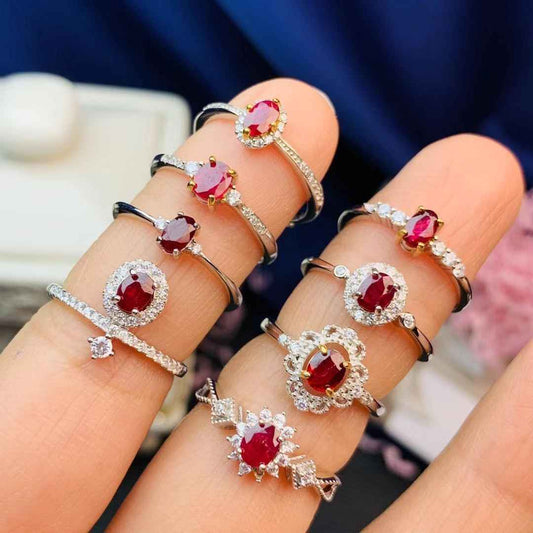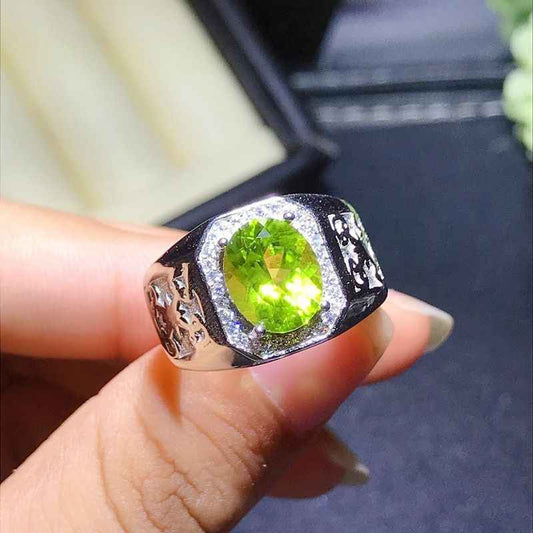Unveiling the Radiance of Citrine Necklaces: A Birthstone Tale for November Enthusiasts in the United States
Share
The Enchantment of Citrine: Understanding Its Significance
Historical Perspective of Citrine as a Birthstone
Citrine, a gem with a warm yellow hue, has a rich past. For centuries, people have valued this stone. It has been a beloved birthstone for those born in November. In ancient times, it was tied to healing and wealth. Many cultures saw citrine as a gift of the sun, bringing light and life. This gemstone's history adds depth to each necklace. It’s more than jewelry; it’s a piece of tradition and history. Owning a citrine necklace means connecting with a lineage of admirers that spans many generations.

The Symbolism of Citrine in the United States
In the United States, citrine radiates a special meaning. This quartz crystal's warm hues signify hope and strength. As November's birthstone, it embodies joy and renewal for those born in this month. Many believe it attracts wealth and helps with healing. It's linked to positivity and is often worn to enhance confidence. Its vibrant yellow shade resonates with Thanksgiving themes. This blend of symbolism makes citrine necklaces a treasured gift in the U.S.
Crafting the Perfect Citrine Necklace: Tips and Trends
Selecting the Ideal Citrine for Your Birthstone Necklace
Crafting the perfect citrine necklace starts with choosing the right stone. When selecting citrine for your birthstone necklace, consider the color, which should be a warm yellow. Clarity is key; the stone should be free of visible inclusions. Cut and carat weight will affect the necklace's look and price. Opt for a cut that enhances the gem's natural luster. The size of the citrine should match your style and the intended wear of the necklace. Personal preference is essential; select a shade that speaks to you.
Design Innovations for Citrine Necklaces
Citrine necklaces are not just about the gem; design matters too. Jewelry creators in the U.S. are innovating with modern twists. They mix citrine with other stones or metal types. This creates unique looks. Creators shape citrine into hearts and other forms. They may use it in pendants, beads or as center stones. This birthstone's color ranges from pale to golden yellow. Designers play with these shades. They create pieces from subtle to statement-making. Citrine necklaces now cater to different styles and ages.
The Future of Citrine Necklaces in the Jewelry Market
Predicting Trends in Citrine Jewelry
As we gaze into the future of citrine jewelry, experts predict a bright path ahead. This sunny gem is expected to maintain its popularity in the United States, particularly among those born in November. With its warm hue, it resonates with trends that embrace natural beauty and mindfulness. Fashion-forward designers are likely to capitalize on its versatility, introducing citrine in innovative settings that showcase its crystal heart. The push for personalization will also drive citrine necklaces to the forefront, with custom cuts and unique designs reflecting individual style. As eco-consciousness rises, citrine's status as a durable and responsibly sourced gem will increase its appeal. Moreover, technological advancements in gemstone treatments may enhance the stone's color and clarity, making it even more desirable. While no one can predict the future with certainty, the citrine necklace seems set to continue its legacy as a treasured birthstone in the jewelry market.
How Citrine Necklaces Are Changing the Game in the Birthstone Industry
Citrine necklaces are making waves in the US birthstone industry. Their vivid yellow hue and crystal heart shapes appeal to a wide audience. As the birthstone for November, they are cherished for their beauty and affordability. Citrine's growing popularity is due to its versatility in design and its uplifting symbolism. It is the perfect blend of tradition and trend, captivating both old and new generations alike. Thus, citrine necklaces are setting a new standard for birthstone jewelry, influencing market trends and consumer preferences.





